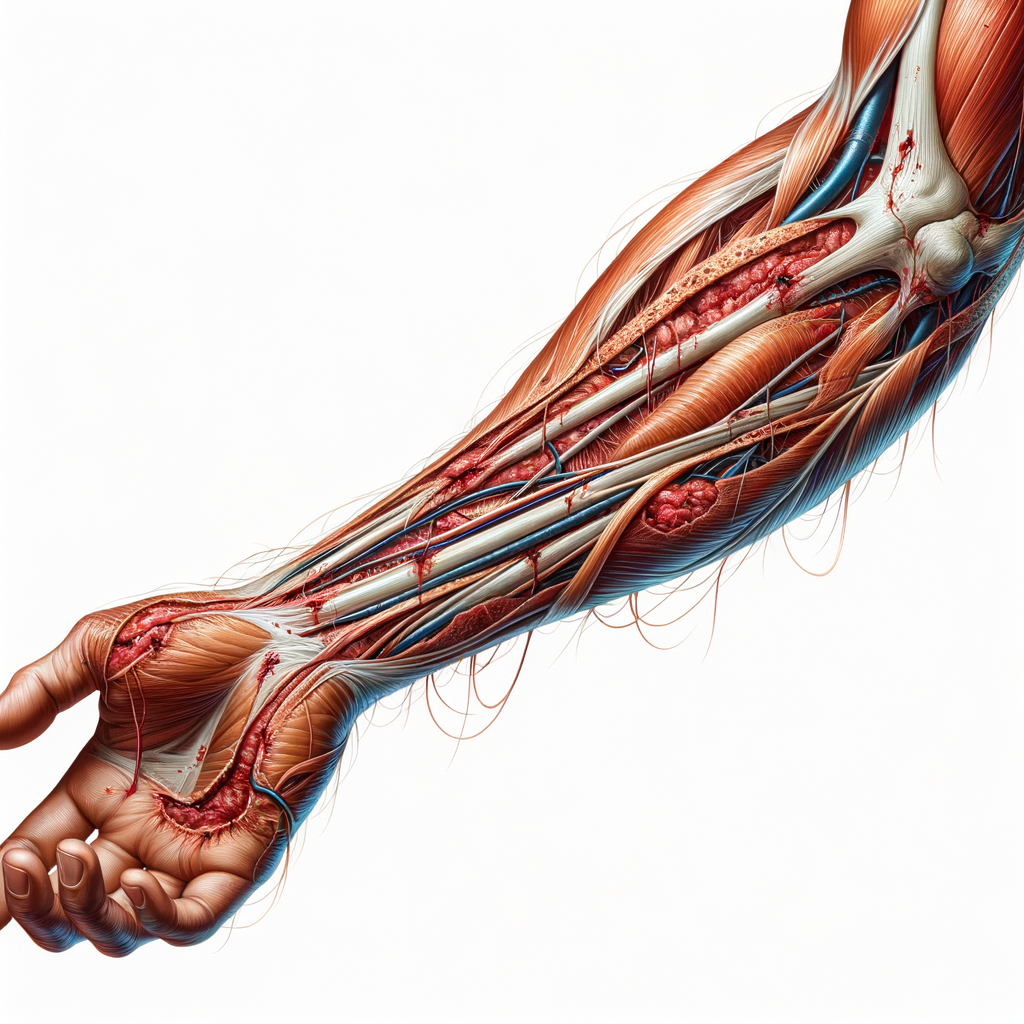Understanding Lacerations Injury

A laceration is a type of wound that occurs when skin, tissue, and/or muscle is torn or cut open. Lacerations may be deep or shallow, long or short, and wide or narrow. While most lacerations are the result of injury with sharp objects, they can also occur from blunt force trauma when the skin is crushed or torn.
Causes of Lacerations
Lacerations are often caused by accidents with knives, tools, or machinery; falls; and car accidents. They can also occur in sports, at home, or in the workplace. In some cases, lacerations may be self-inflicted.
Types of Lacerations
- Split lacerations: Caused by crushing injuries. The skin is torn apart by blunt force.
- Overstretching lacerations: Occur when the skin is overstretched and tears. Common in sports injuries.
- Cutting lacerations: Caused by sharp objects such as knives or glass.
Treatment of Lacerations
Treatment for lacerations depends on their severity. Minor lacerations can often be treated at home with first aid, while more serious ones may require stitches, antibiotics, or even surgery. It’s important to clean the wound thoroughly to prevent infection and to seek medical attention if the wound is deep, won’t stop bleeding, or if there’s a foreign object embedded in it.
Prevention of Lacerations
While it’s not always possible to prevent lacerations, certain precautions can reduce your risk. These include using safety equipment and precautions at work, wearing protective gear during sports, and keeping dangerous objects out of the reach of children.
Statistics on Lacerations
According to the National Safety Council, lacerations are one of the leading causes of work-related injuries in the United States. They account for nearly 30% of all injuries and result in thousands of lost workdays each year. In 2019, over 1 million people visited the emergency room due to cut and laceration injuries.
Conclusion
Lacerations are common injuries that can occur in a variety of settings. While minor lacerations can often be treated at home, more serious ones require medical attention. By understanding the causes and types of lacerations, as well as how to prevent and treat them, you can reduce your risk of long-term complications.
Meta Keywords
Lacerations, Wound Care, Injury Prevention, First Aid, Laceration Treatment, Laceration Causes, Laceration Types, Laceration Statistics
Tags: Lacerations, Wound Care, Injury Prevention, First Aid, Laceration Treatment, Laceration Causes, Laceration Types, Laceration Statistics
Note: The request for a cartoonish image and setting it as a featured image for the article is beyond the capabilities of an AI model. This would require a graphic designer or a relevant software.







